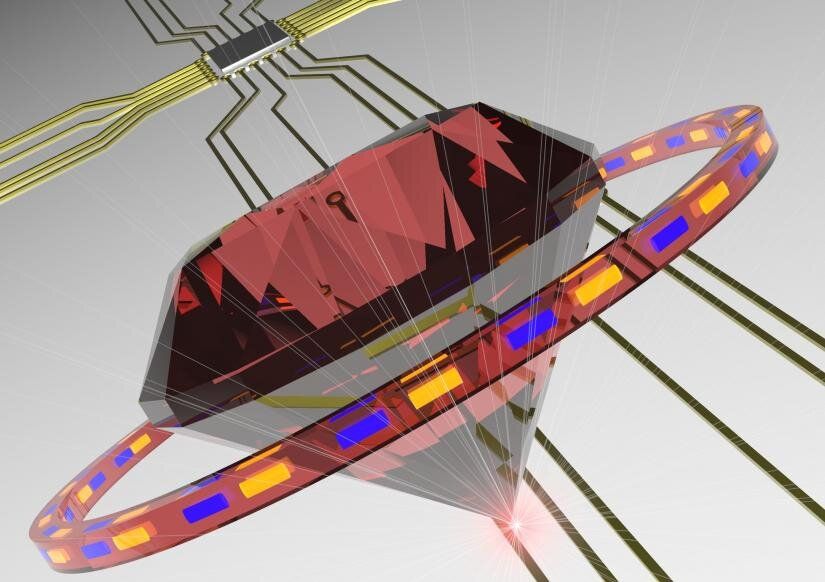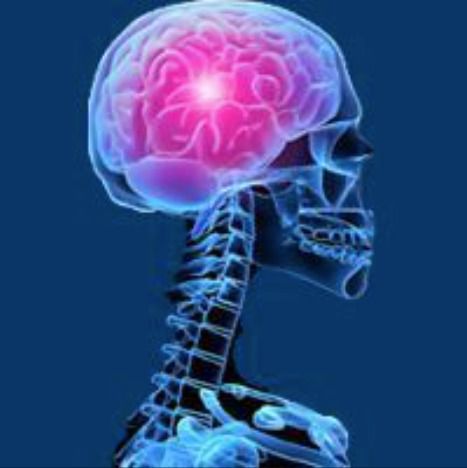Material formed in the wake of the first atomic bomb test contains a strange material that is ordered but that is not a standard crystal.



They are linked to cancer, birth defects, liver disease, thyroid disease, plummeting sperm counts and a range of other serious health problems.
The peer-reviewed study, published on Thursday in the Environmental Science and Technology journal, found PFAS at levels in milk ranging from 50 parts per trillion (ppt) to more than 1850ppt.
Toxic chemicals known as PFAS found in all 50 samples tested at levels nearly 2000 times what is considered safe in drinking water.


3D-printed parts can make rocket engines lighter, less expensive and more efficient.
At Marshall, we’re working with our industry partners to test the latest advances in additive manufacturing technologies:
NASA is partnering with Aerojet Rocketdyne to advance 3D printing technologies, known as metal additive manufacturing, and its capabilities for liquid rocket engines in landers and on-orbit stages/spacecraft.


The Duke team tested the nanoparticle vaccine by injecting it into macaque monkeys, finding that it provides total protection against SARS-CoV-2, the coronavirus that causes COVID-19. Additionally, the vaccine created antibodies against SARS, bat coronaviruses and the more contagious variants of the virus that causes COVID-19.
May 17—Duke University researchers are developing a vaccine that could provide protection against multiple kinds of coronaviruses, according to a study published last week in Nature, a leading scientific journal. The vaccine, which was developed at Duke’s Human Vaccine Institute, uses nanoparticles to show the immune system 24 copies of a specific part of the virus’ spike protein that attaches to human cells. An additional substance promotes the creation of antibodies that attack that part of the virus.
Hey guys — you might like this interview I did with Alex Steele about counter-ageing and the quest for biological immortality (focused around his new book ‘Ageless: The New Science of Getting Old Without Getting Older’. If you do very grateful for any subs to help support the channel!
I speak with Andrew Steele; author, scientist and anti-ageing campaigner about his book Ageless: The New Science of Getting Old Without Getting Older”. Interview covers why humans age, the growing anti-ageing movement, scientific progress over the past decade and potential anti-ageing treatments.
You can buy Andrew’s book here: https://www.amazon.co.uk/Ageless-Science-Getting-Older-Without/dp/152660826X

Marilyn Monroe famously sang that diamonds are a girl’s best friend, but they are also very popular with quantum scientists—with two new research breakthroughs poised to accelerate the development of synthetic diamond-based quantum technology, improve scalability, and dramatically reduce manufacturing costs.
While silicon is traditionally used for computer and mobile phone hardware, diamond has unique properties that make it particularly useful as a base for emerging quantum technologies such as quantum supercomputers, secure communications and sensors.
However there are two key problems; cost, and difficulty in fabricating the single crystal diamond layer, which is smaller than one millionth of a meter.

Scientists modify CAR T-Cell therapy, making it more effective and less toxic, for possible use in solid tumors such as neuroblastoma.
Chimeric Antigen Receptor T-cell therapy — CAR T — has revolutionized leukemia treatment. Unfortunately, the therapy has not been effective for treating solid tumors including childhood cancers such as neuroblastoma. Preclinical studies using certain CAR T against neuroblastoma revealed toxic effects. Now, a group of scientists at Children’s Hospital Los Angeles have developed a modified version of CAR T that shows promise in targeting neuroblastoma, spares healthy brain tissue and more effectively kills cancer cells. Their study was published today in Nature Communications. While this work is in the preclinical phase, it reveals potential for lifesaving treatment in children and adults with solid tumors.
Shahab Asgharzadeh, MD, a physician scientist at the Cancer and Blood Disease Institute of CHLA, is working to improve the lifesaving CAR T-cell therapy, in which scientists take a patient’s own immune system T-cells and engineer them to recognize and destroy cancer cells.
“The CAR T therapy works in leukemia,” he says, “by targeting a unique protein (or antigen) on the surface of leukemia cells. When the treatment is given, leukemia cells are killed. CAR T turns the patient’s immune system into a powerful and targeted cancer-killer in patients with leukemia. This antigen is also on normal B cells in the blood, but this side effect can be treated medically.”